The 20 most-visited national parks in the U.S.
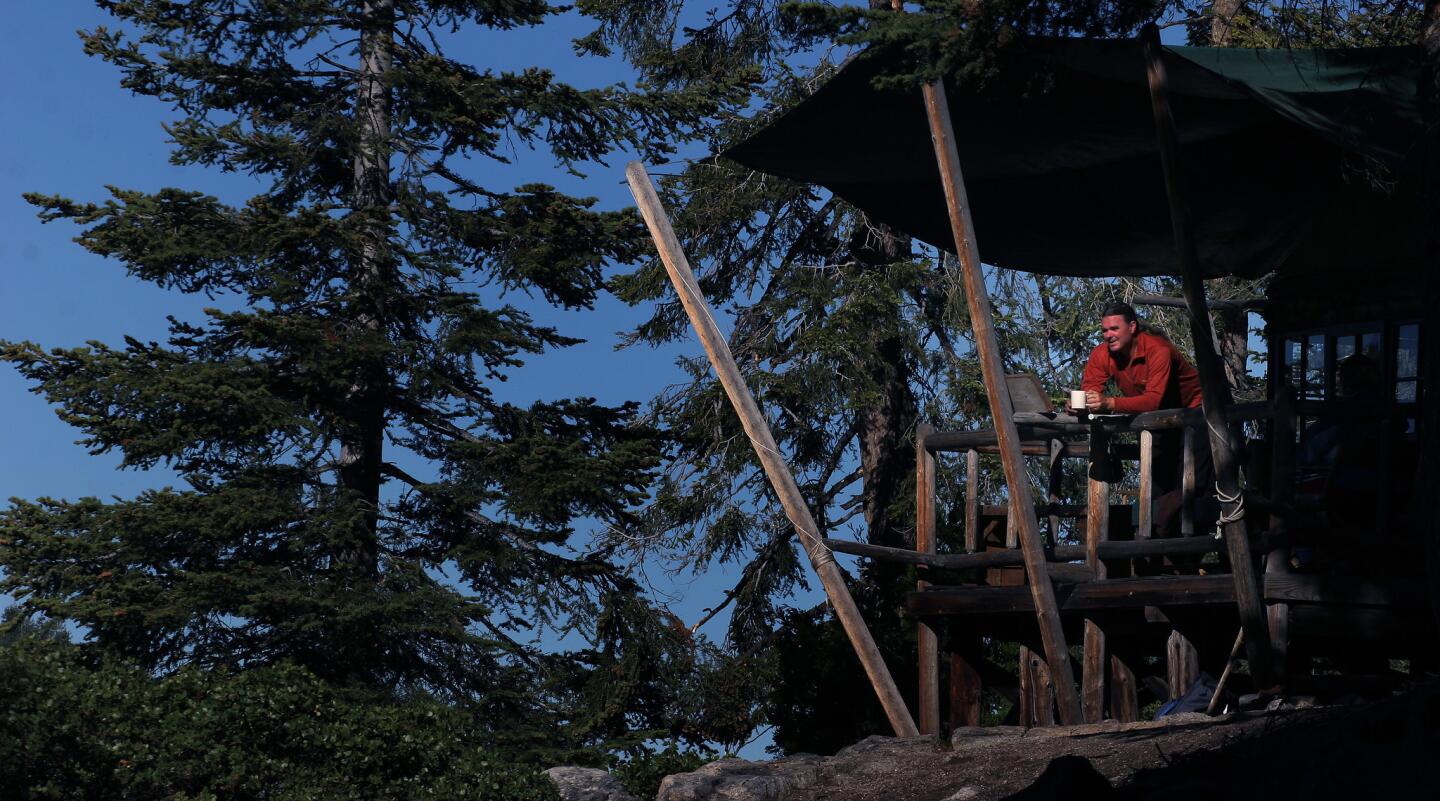
California
Visitors in 2009 (through August): 719,061
Established in 1890, Sequoia is the nation’s second-oldest national park after Yellowstone. The 406,425-acre park is home to some of the world’s largest trees, including the famous Gen. Sherman tree. Avoid the crowds by visiting in the spring and fall. Park traffic peaks in July and August.
More info:
Related:
Camping in California’s Sequoia and Kings Canyon parks
Exploring the famous sequoias in Kings Canyon National Park
(Brian Vander Brug / Los Angeles Times)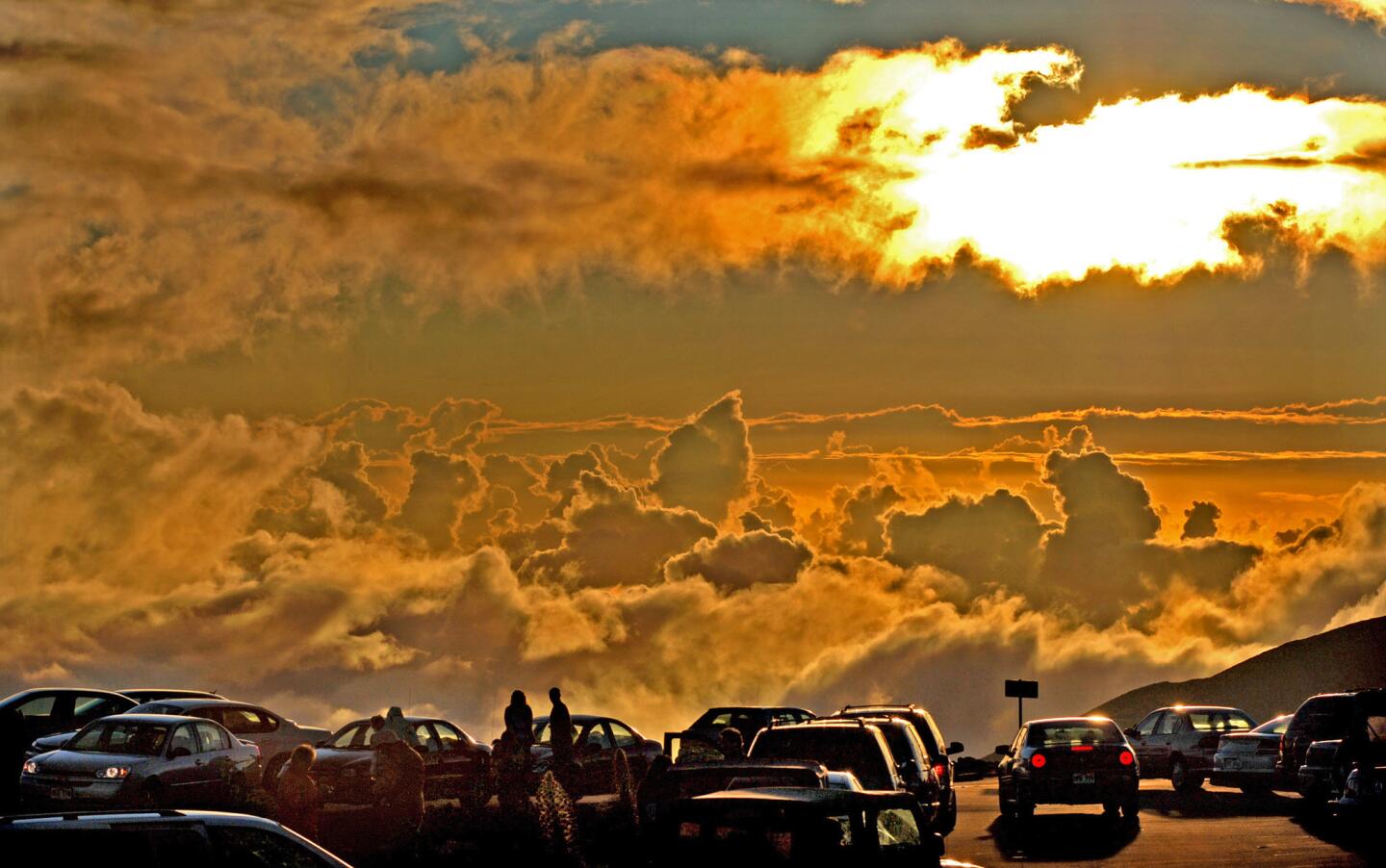
Hawaii
Visitors in 2009 (through August): 741,707
Haleakala, on the east end of Maui, is for nature lovers and stargazers. The park is home to more endangered species than any other national park in the United States. The 10,023-foot summit of Haleakala volcano offers conditions ideal for viewing the night sky.
More info:
Related:
Hawaii keeps the lei-making tradition alive
20 cheap eats under $20 on Maui
Pictured: The view from Haleakala volcano
(Richard Derk / Los Angeles Times)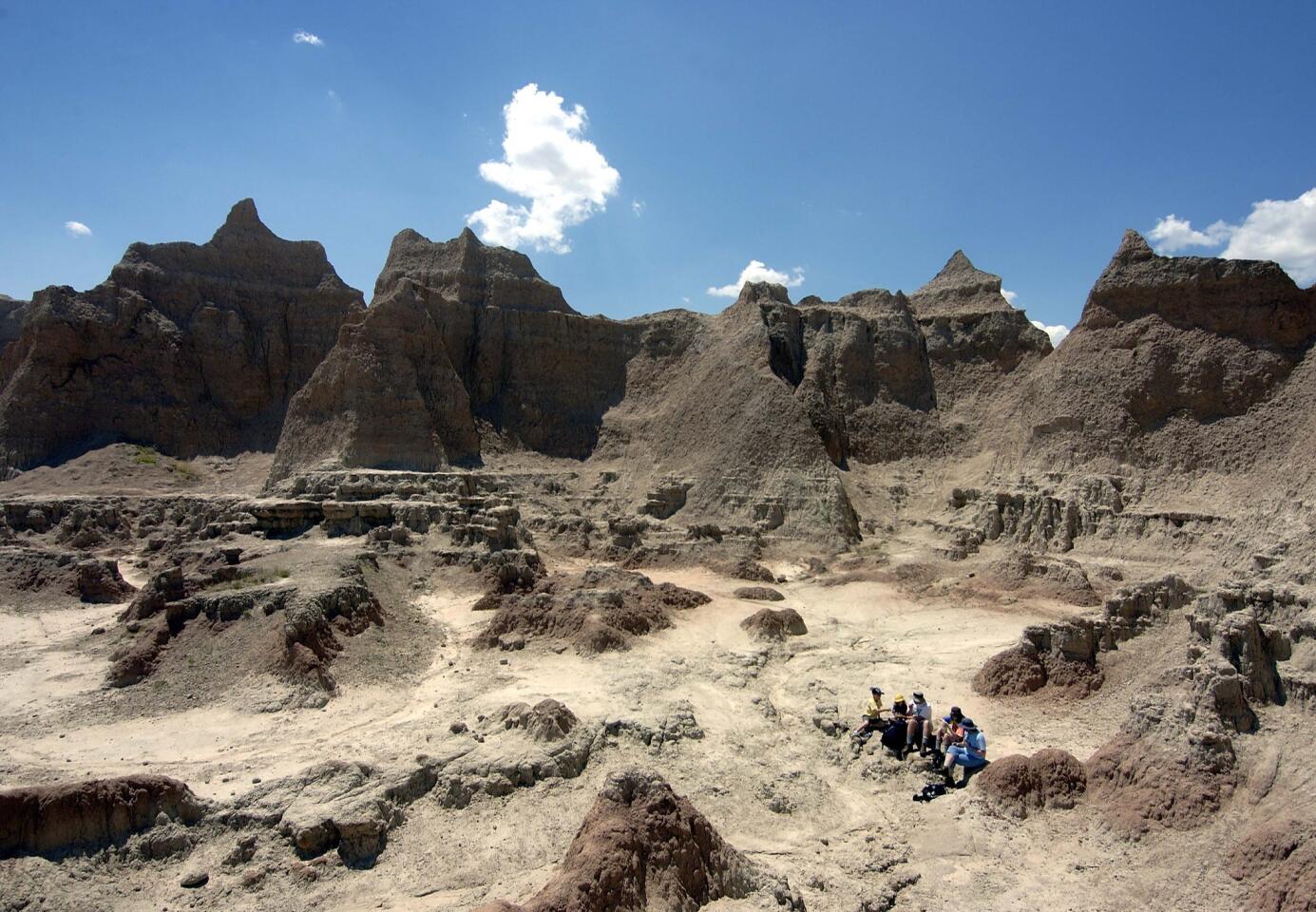
South Dakota
Visitors in 2009 (through August): 776,805
Hundreds of thousands of years of erosion carved Badlands National Park’s extraterrestrial-like landscape of multicolored canyons, buttes and spires. Beyond its amazing views, the park contains rich fossil deposits from the Oligocene Epoch dating 28 million to 37 million years ago. Bison, foxes and bighorn sheep roam its prairies.
More info:
Related:
Faceoff: Mt. Rushmore vs. Crazy Horse Memorial
In South Dakota’s Black Hills, echoes of the Old West
(Mark Duncan / Associated Press)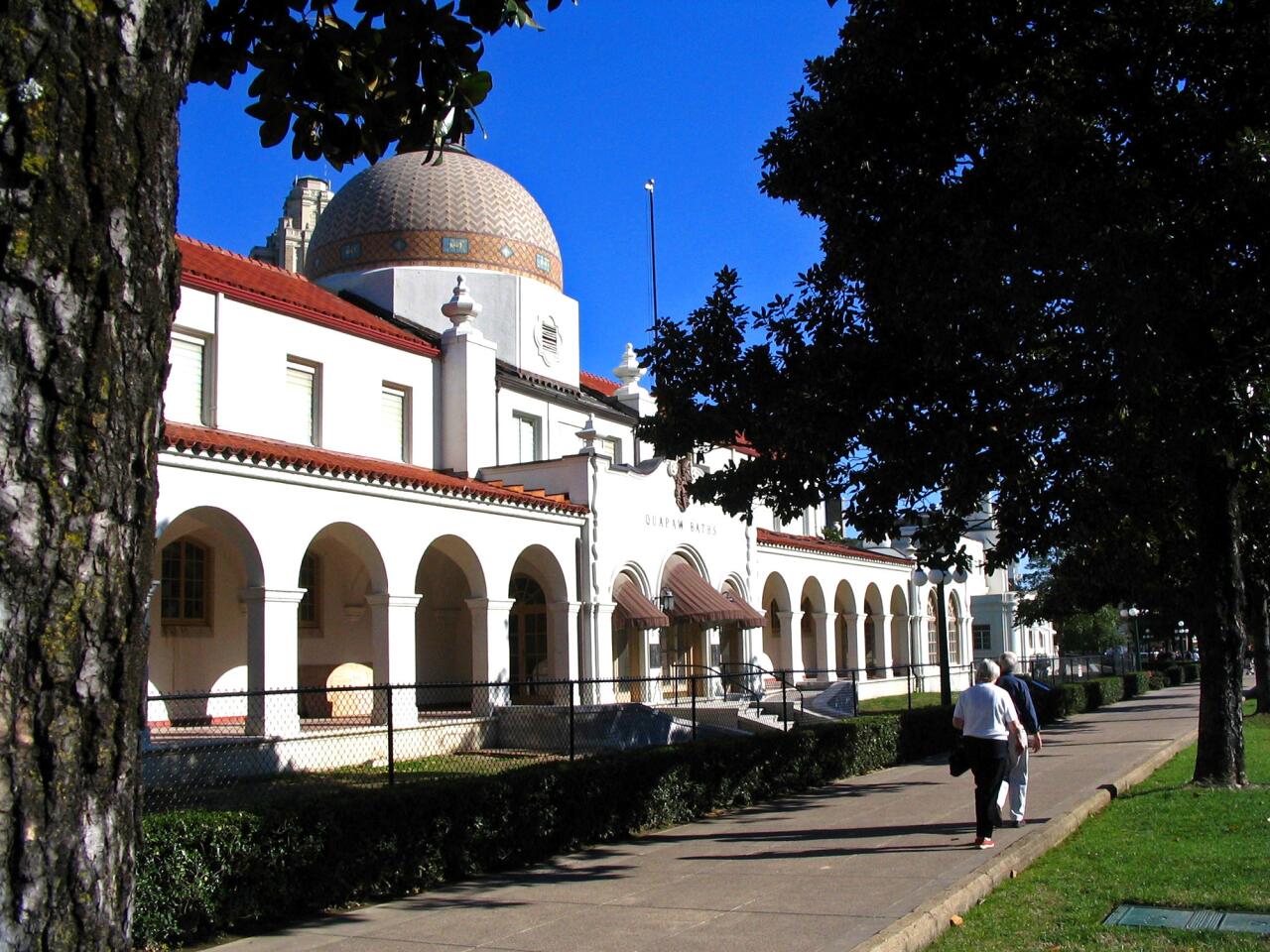
Arkansas
Visitors in 2009 (through August): 807,282
Hot Springs National Park is not what the uninitiated visitor may expect. You can take baths here, but not quite in a natural hot spring. Instead, the park collects hot water from its springs and distributes it to bathhouses open for public use. The park’s Bathhouse Row features eight historic bathhouses dating to the late 1800s and early 1900s. Of the eight, Buckstaff and Quapaw remain open as bathhouses. Ozark bathhouse reopened as the Museum of Contemporary Art of Hot Springs in early 2009.
More info: nps.gov/hosp
Related:
Mercey Hot Springs provides a soothing break
No swimsuit? No problem at Deep Creek Hot Springs
Hot springs in Northern California: soaking up peace and quiet
Pictured: Quapaw Baths, a bathhouse on Bathhouse Row
FOR THE RECORD:
Bathhouse Row: An earlier version of this caption described Buckstaff bathhouse as the only bathhouse on Bathhouse Row that remains open. Quapaw Baths reopened in July 2008 and Ozarks bathhouse reopened as an art museum in early 2009.
(Beth Harpaz / Associated Press)
Advertisement
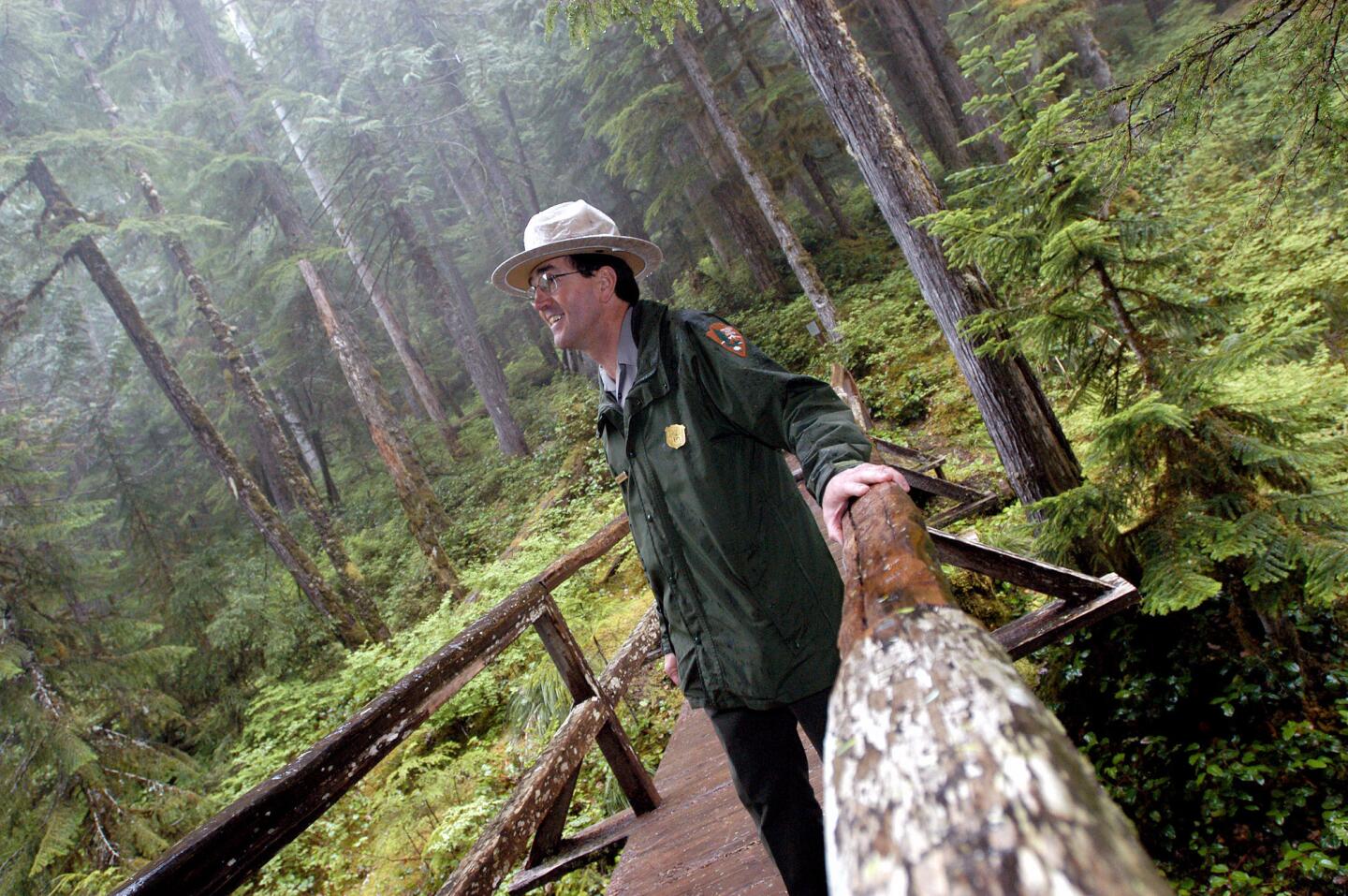
Washington
Visitors in 2009 (through August): 857,026
Established in 1899, Rainier is the country’s fifth-oldest national park. In the summer, wildflowers abound. In spring, waterfalls reach their powerful zenith, and in the fall, changing leaves put on a show. At a towering 14,410 feet, Mt. Rainier, an active volcano that last erupted in the 1800s, dominates the park’s landscape.
More info:
Related:
Mt. Rainier National Park readies for a wildflower spectacle
Pictured: Dave Uberuaga, superintendent of Mt. Rainier National Park
(E.B. McGovern / Associated Press)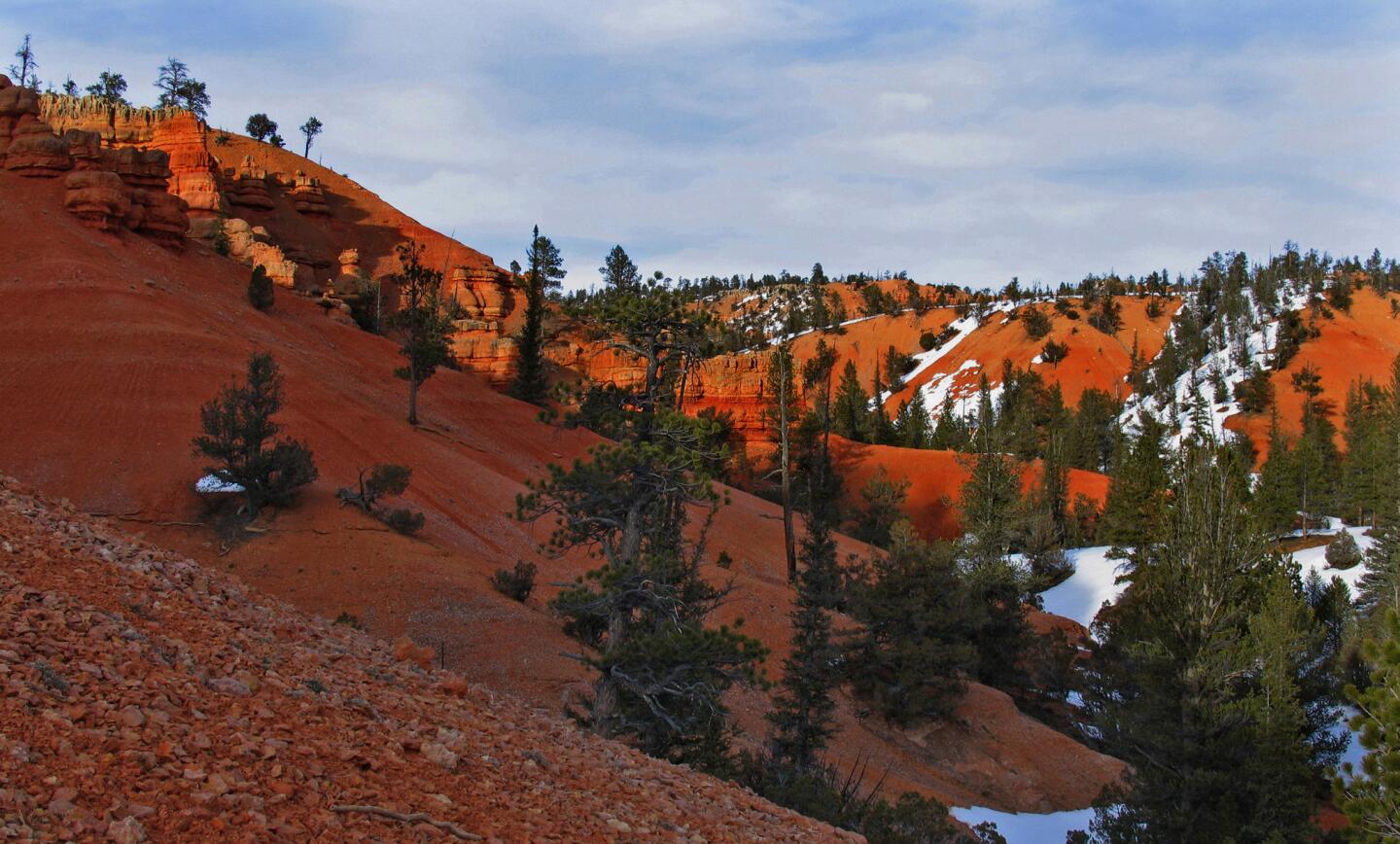
Utah
Visitors in 2009 (through August): 874,267
Known for its unusual geology, Bryce Canyon’s jagged landscape is formed from millions of years of erosion. Alternating periods of frost and thaw carved an impressive collection of hoodoos and spire-shaped formations into the park. Relatively free from light pollution, Bryce Canyon is also popular with astronomy buffs. In June, the park hosts an annual four-day astronomy festival.
More info:
Related:
Out West, in Utah’s Butch Cassidy country
Pictured: Queens Garden in Bryce Canyon
(Susan Spano / Los Angeles Times)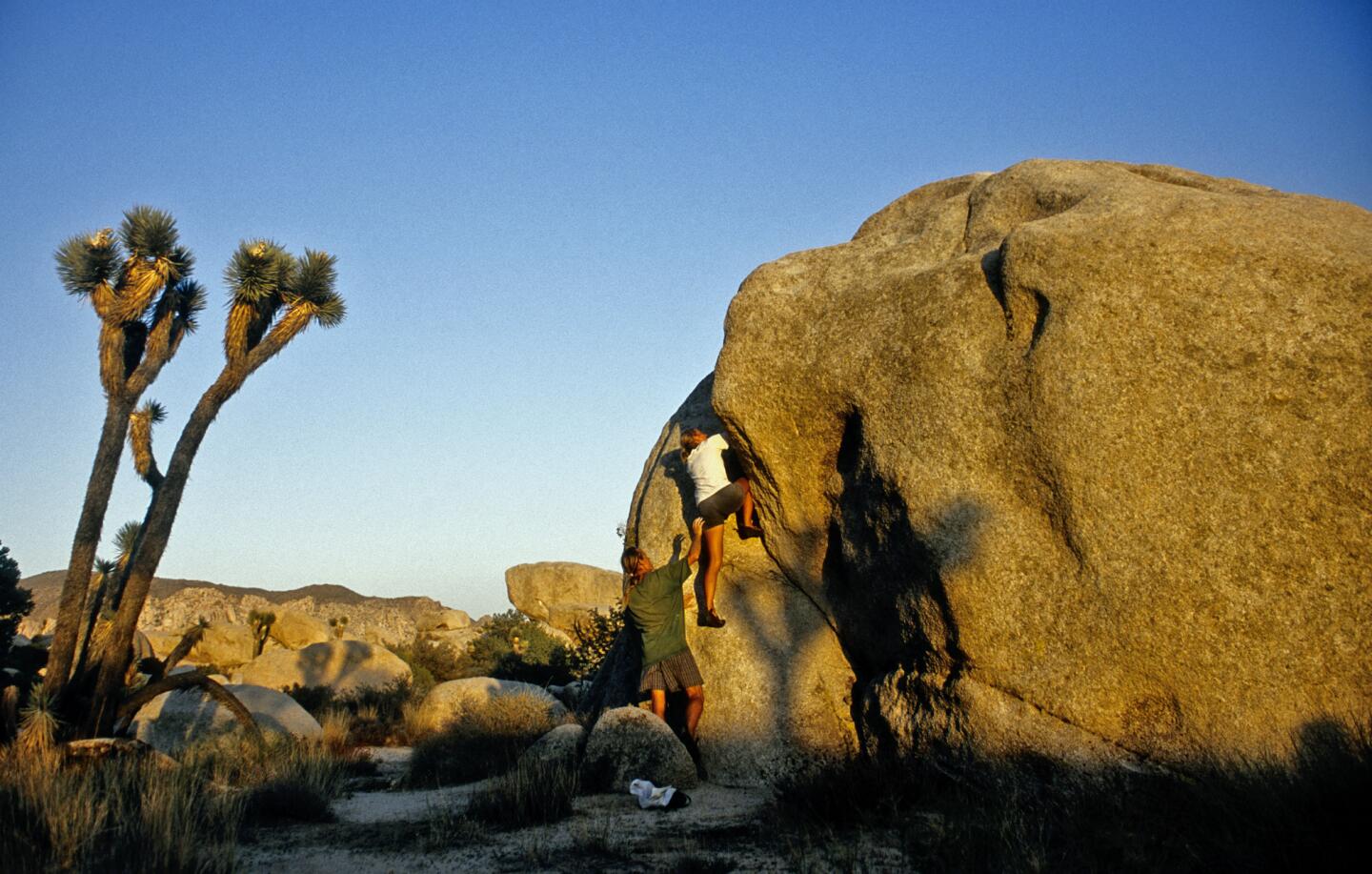
California
Visitors in 2009 (through August): 875,666
Joshua Tree is home to an impressive collection of wildflowers, world-class rock-climbing and amazing rock formations. On the park’s nearly 800,000 acres are 501 archaeological sites, a dozen self-guided nature hikes and 700 species of vascular plants and 88 historic structures.
More info:
Related:
15 places to visit to see the real California
A desert hike through Joshua Tree with high tech
A Quick Study of Joshua Tree’s Wild Side
(Chris Reynolds / Los Angeles Times)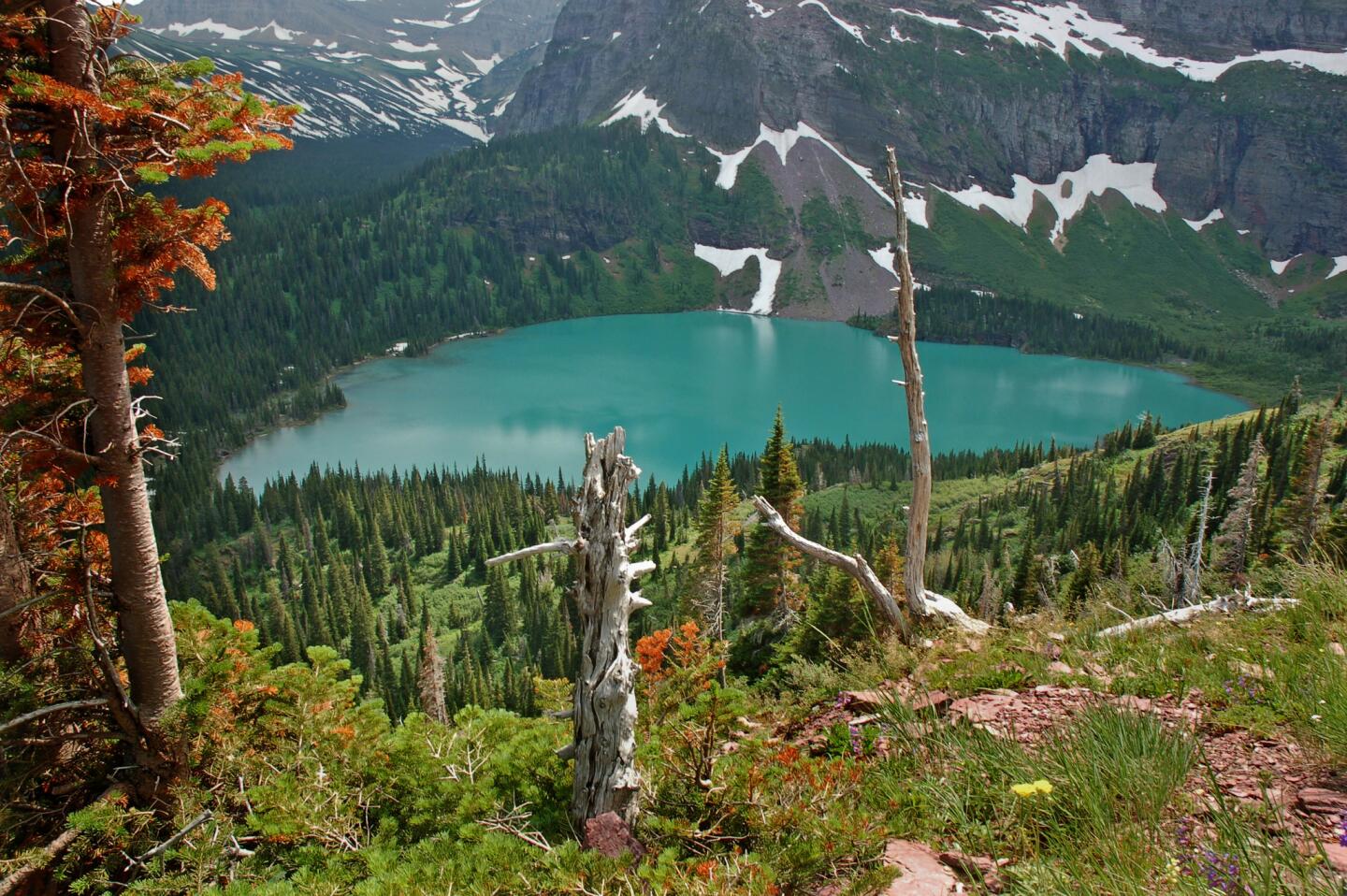
Montana
Visitors in 2009 (through August): 1.6 million
Glacier National Park is named after the glaciers that carved its landscape millions of years ago. Native Americans know it as the “Backbone of the World.” The park has 13 campsites and more than 700 miles of hiking trails. Glacier celebrates its centennial anniversary in 2010.
More info:
Related:
Warming to Glacier & Waterton Lakes National Parks
A guide to Glacier National Park’s man-made landmarks
Pictured: Grinnell Lake
For the record: The previous image shown with this caption was of Banff National Park in Alberta, Canada, not Glacier National Park.
( Christopher Reynolds / Los Angeles Times)Advertisement
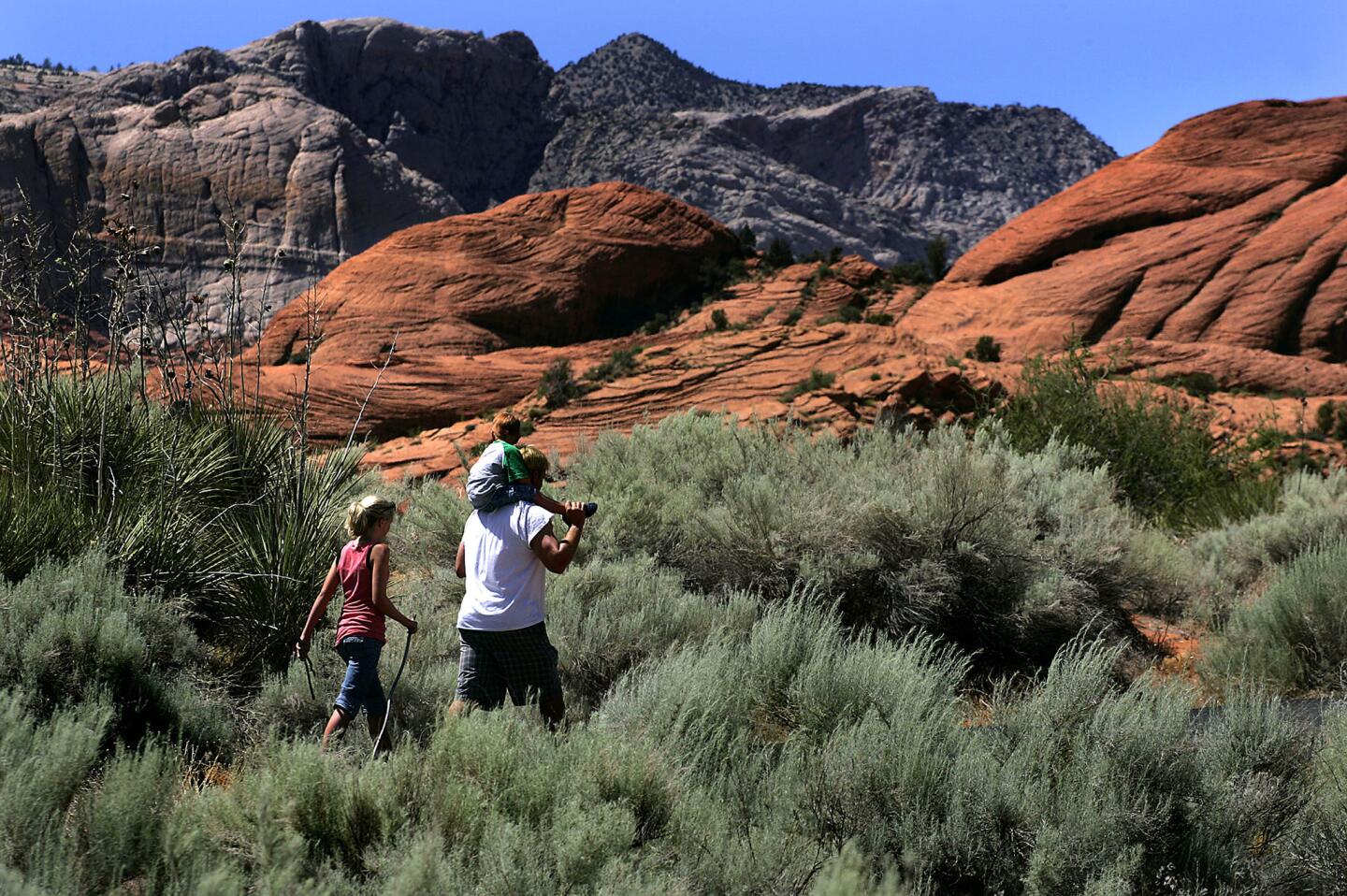
Utah
Visitors in 2009 (through August): 2 million
Zion’s many multicolored canyons, mesas and towers frame its first-rate scenery. The park’s most popular formation is Zion Canyon. Besides camping sites, Zion Lodge offers rooms, cabins, suites and a restaurant. From April to October, a free shuttle service whisks visitors on the Zion Canyon Scenic Drive.
More info:
Related:
In Utah near Zion, an animal sanctuary for people too
(Brian Vander Brug / Los Angeles Times)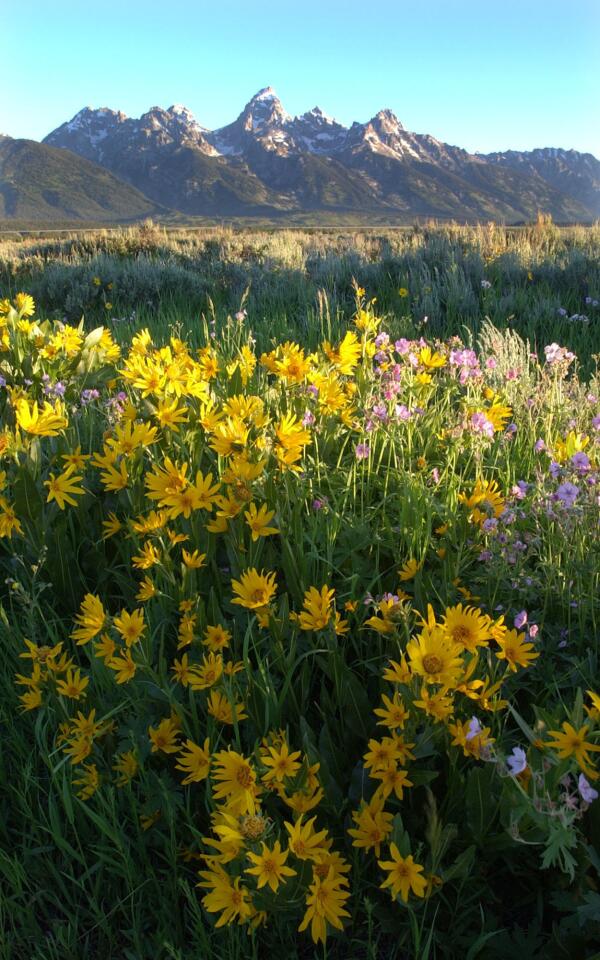
Wyoming
Visitors in 2009 (through August): 2 million
Grand Teton National Park straddles 485 square miles of mountains, rivers and wilderness in northwest Wyoming south of Yellowstone. The park is famous for its wildlife. Visitors can see bald eagles, otters and beavers in Oxbow Bend, elk on Timbered Island and bison along Snake River. Grand Teton features a range of lodges, cabins and ranches for overnight visitors.
More info:
Related:
Former JY Ranch in Grand Teton National Park is a hidden gem
(Laura Rauch / Associated Press)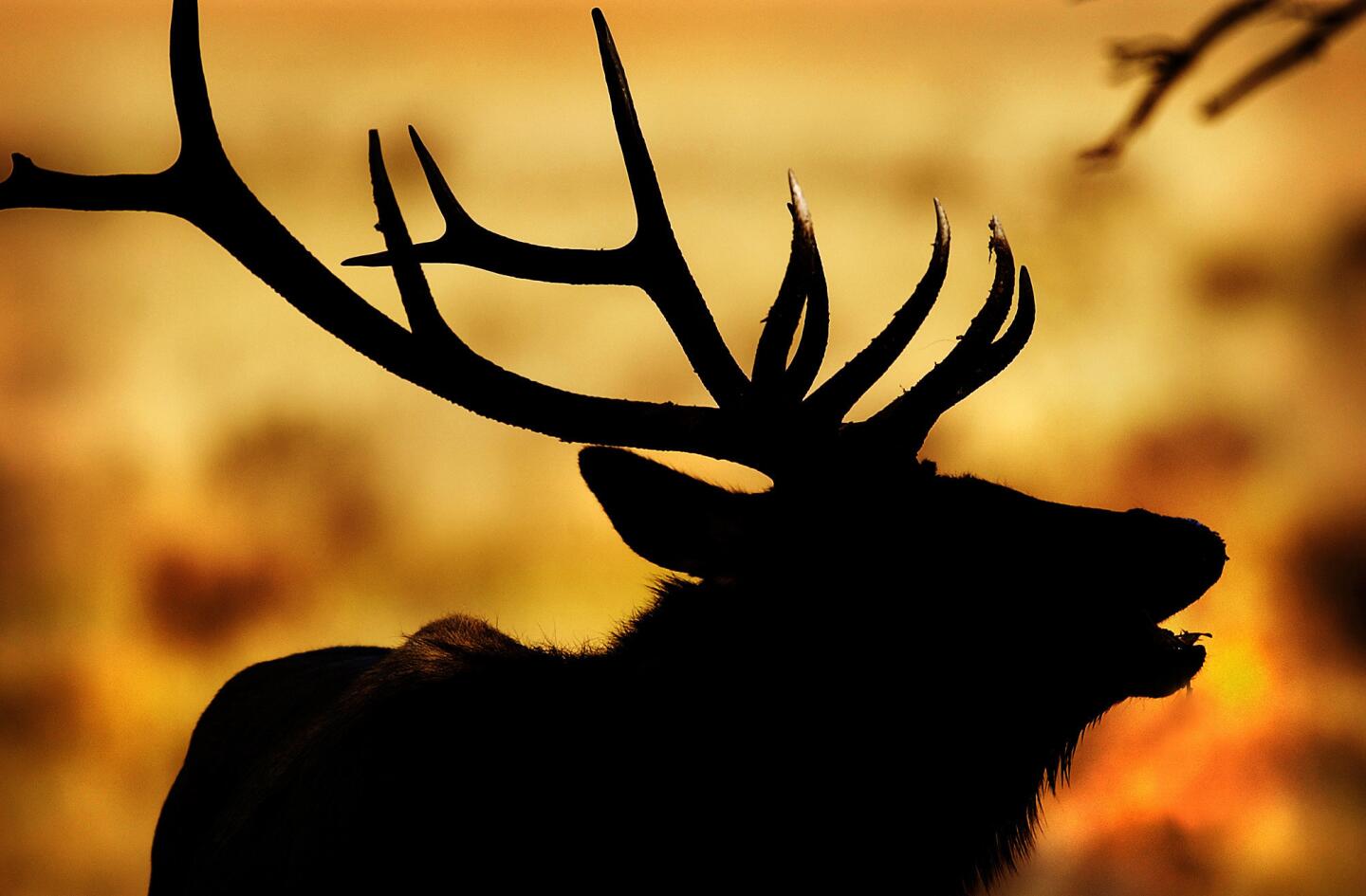
Colorado
Visitors in 2009: 2 million
Rocky Mountain National Park is nestled in the Colorado Rockies northwest of Boulder. Its 416 square miles of mountainous terrain features 359 trails for hikers, 150 lakes for anglers, 60 mountains taller than 12,000 feet for climbers and a slew of elk, bighorn sheep and moose.
More info:
Related:
In Colorado, autumn in all its glory
Pictured: An elk in the Moraine Park area of Rocky Mountain National Park.
(Glenn Asakawa / Associated Press)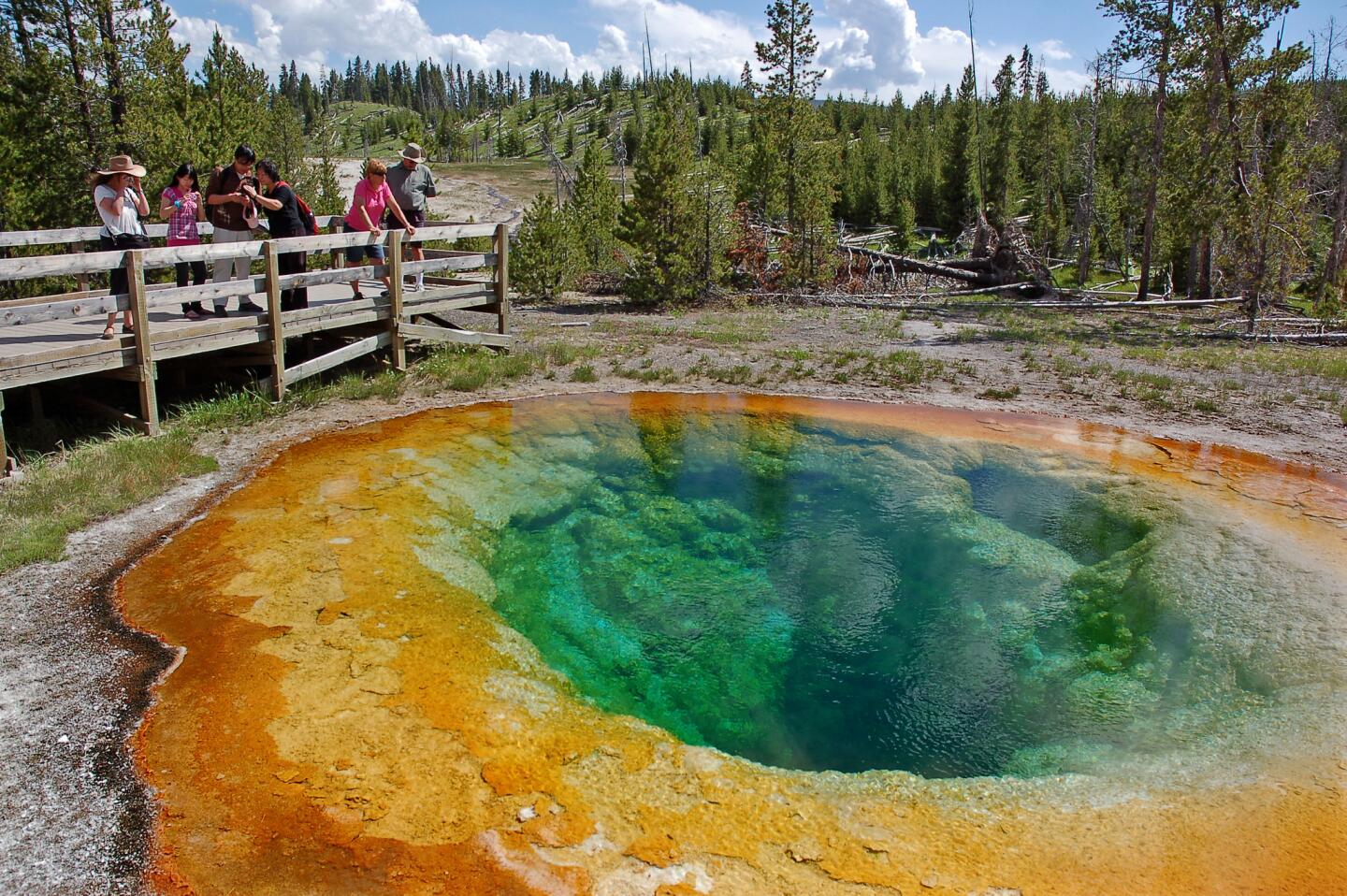
Wyoming, Montana and Idaho
Visitors in 2009 (through August): 2.7 million
Established in 1872, Yellowstone is the nation’s oldest national park. It’s known for its geysers and hot springs. Indeed, Yellowstone contains 60% of the world’s geysers, including Old Faithful, its most famous, and the Grand Prismatic Hot Spring, America’s largest hot spring. The park also houses a rich collection of historical artifacts in its museum, library and research centers.
More info:
Related:
On the prowl for wolves in Yellowstone National Park
A primer on Yellowstone, our first national park
On the buffalo trail at Antelope Island
Pictured: Morning Glory Pool Hot Spring.
(Christopher Reynolds / Los Angeles Times)Advertisement
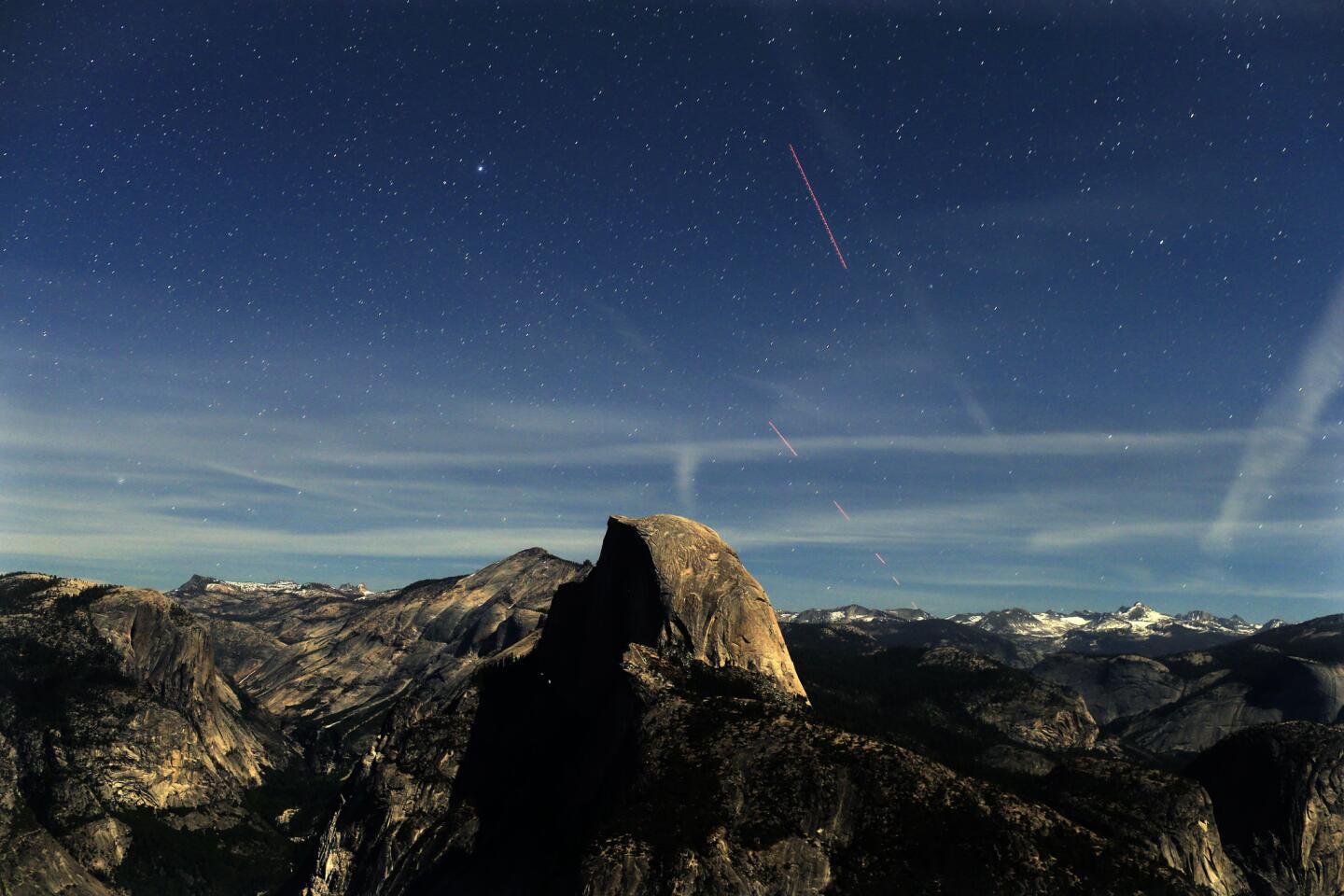
California
Visitors in 2009 (through August): 2.7 million
Yosemite National Park lies east of San Francisco in the Sierra Nevada and offers visitors a varied landscape of deep valleys, vast meadows and groves of giant sequoia trees. Ninety-five percent of the park is designated as wilderness. It’s best known for its spectacular waterfalls, which are at their most robust in spring.
More info:
Related:
A different view of Yosemite’s Half Dome
Hiking to the top of Yosemite Falls
Tips for happy Yosemite National Park camping
FOR THE RECORD:
National parks: A previous version incorrectly said that Yosemite National Park lies west of San Francisco. The park is located in the Sierra Nevada east of the city.
(Mark Boster / Los Angeles Times)
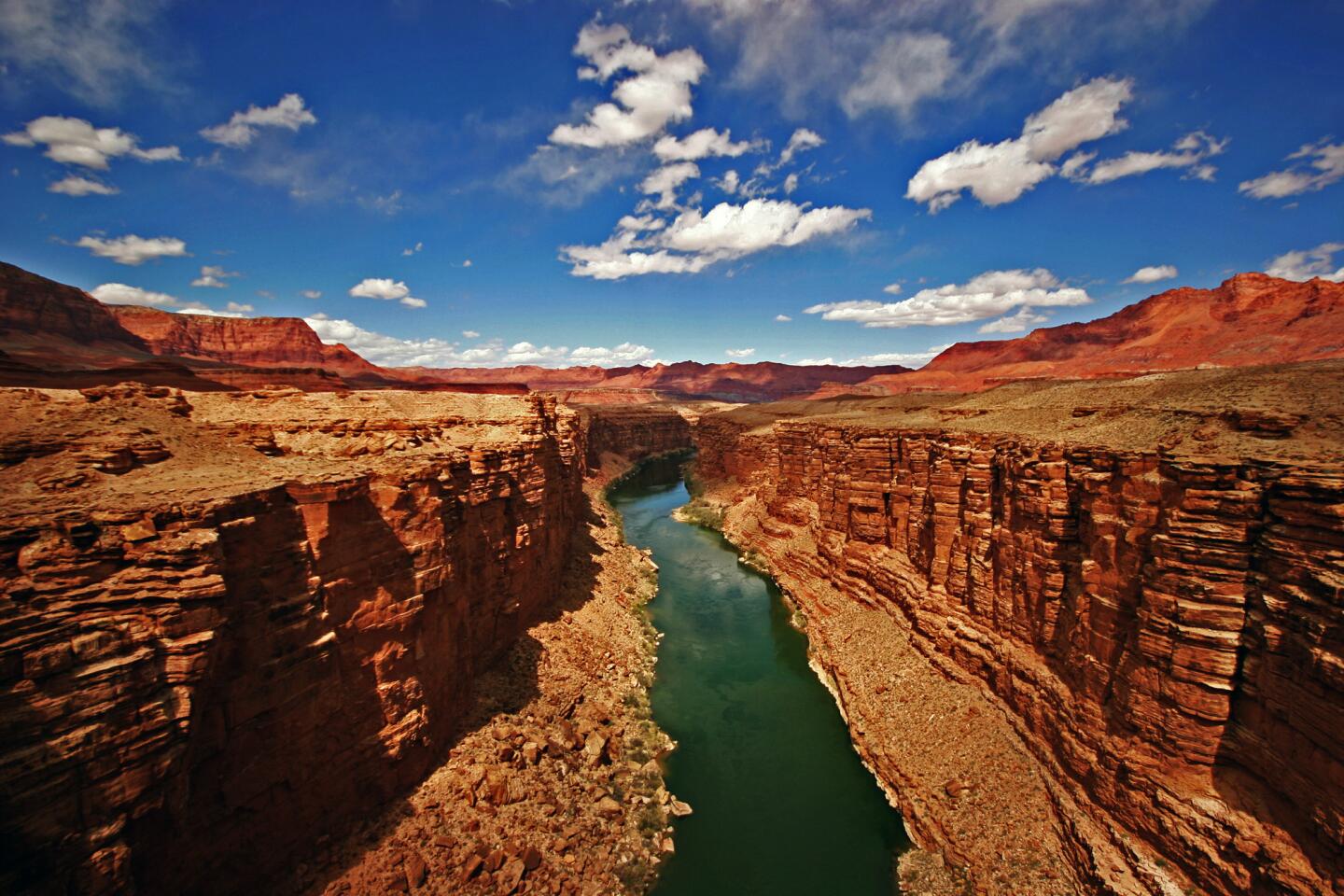
Arizona
Visitors in 2009 (through August): 3.2 million
Established in 1919, the Grand Canyon is perhaps the most famous of America’s national parks. It is an enormous stretch of canyon: 277 miles long (measured by the length of the river at its bottom), 6,000 vertical feet at its deepest and as much as 18 miles across in some places. It takes about two days to get to the bottom of the canyon and back on foot. And it receives close to 5 million visitors each year.
More info:
Related:
Drama along the Grand Canyon North Rim
Lightning’s a wonder to behold in the Grand Canyon, but it can be deadly
(Miguel Ramirez / Los Angeles Times)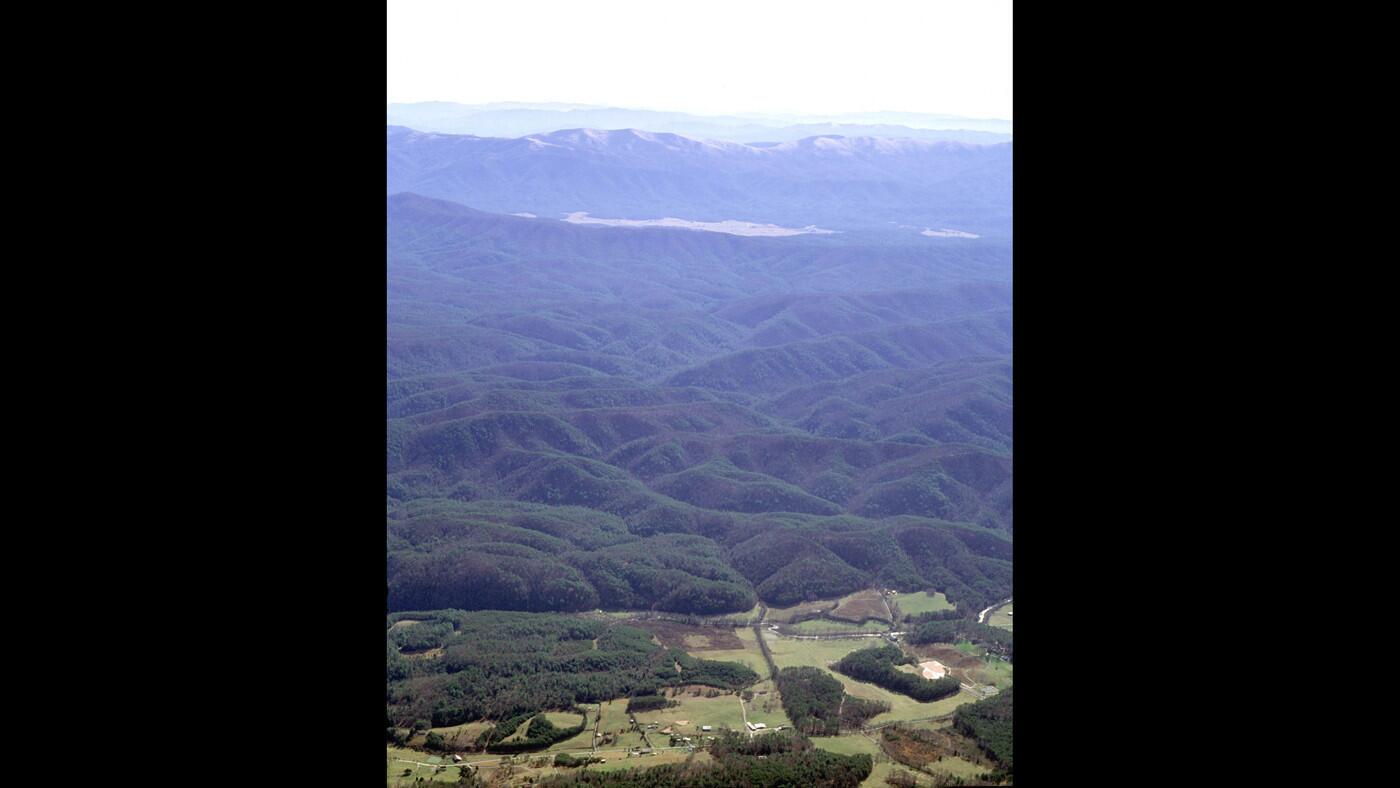
Tennessee, North Carolina
Visitors in 2009 (through August): 6.4 million
Great Smoky Mountains National Park, which sits between North Carolina and Tennessee, is a wonderland of waterfalls, wildflowers and wildlife. It offers visitors 800 miles of maintained trails where they may see bears, turkeys, woodchucks, raccoons and even elk, which were reintroduced to the park in 2001. It is home to more than 1,660 kinds of flowering plants, more than any other national park in America, earning it the moniker “the wildflower park.”
More info: nps.gov/grsm
Related:
Three classic mountain towns in North Carolina
(Randy Brown / Associated Press)


